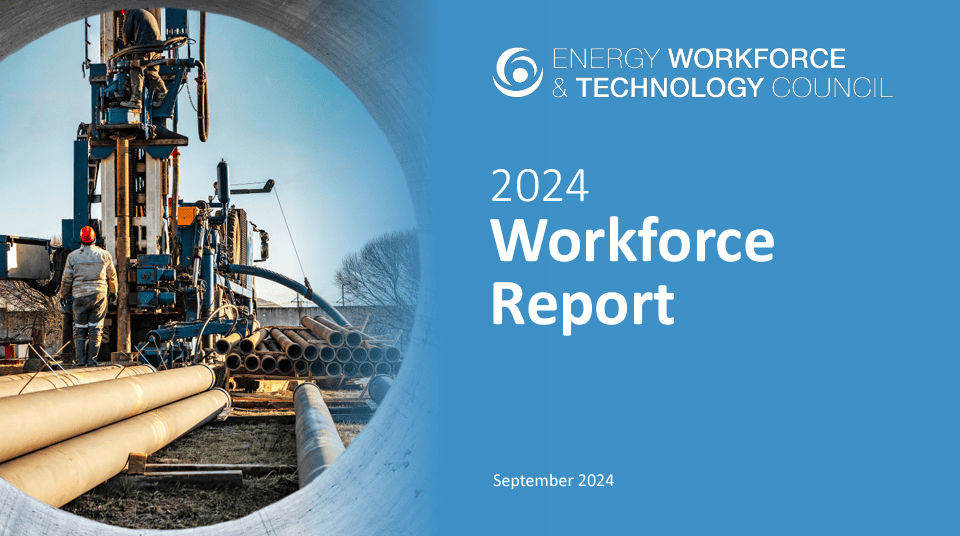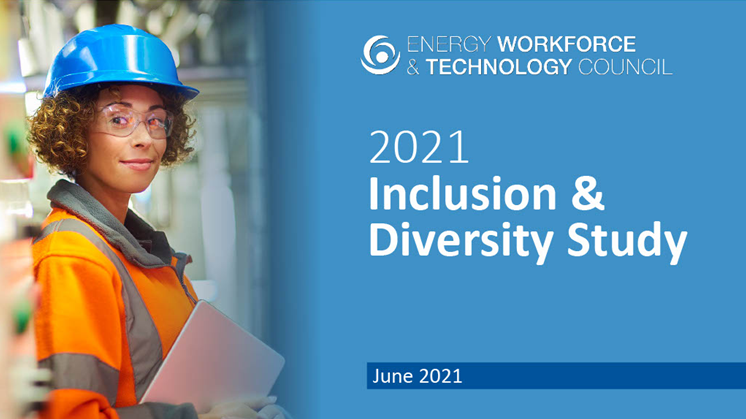
Energy Service Sector Women’s Participation up
The top six energy-producing states were home to
Ethnic Diversity increased to
Key Findings
- Gradual workforce recovery within the U.S. energy services sector, with early 2023 seeing steady job growth, followed by a period of stabilization.
- Notably, the top six energy-producing states account for 76% of jobs in the sector, with Texas taking a significant lead at 317,199 positions, followed by Louisiana, Oklahoma, Colorado, New Mexico, and California.
- While women’s participation has slightly increased since 2021, significant gender disparity persists, with women representing only 21% of the workforce.
- Ethnic diversity has also risen, with minorities now making up 38% of the workforce, primarily driven by Hispanic employees.
Methodology
During February through June 2024, the Energy Workforce & Technology Council canvassed workforce data from 23 companies on their 2023 data, covering approximately 346,600 working men and women globally — including almost 189,000 employees in the United States. Companies with less than 1,000 global employees were specifically included, in addition to the largest sector participants, to gain insight into practices prevalent throughout the sector. The Council also analyzed published data related to a range of workforce issues, including labor force, progression, talent gaps, culture at work, company statistics by level and company best practices.
Previous Studies

2021
Building on the study published in 2018, the second edition drew on insights from jobs figures through January 2021 and used a revised methodology, which also considers race and ethnicity dimensions along with gender.

2021
Building on the study published in 2018, the second edition drew on insights from jobs figures through January 2021 and used a revised methodology, which also considers race and ethnicity dimensions along with gender.





